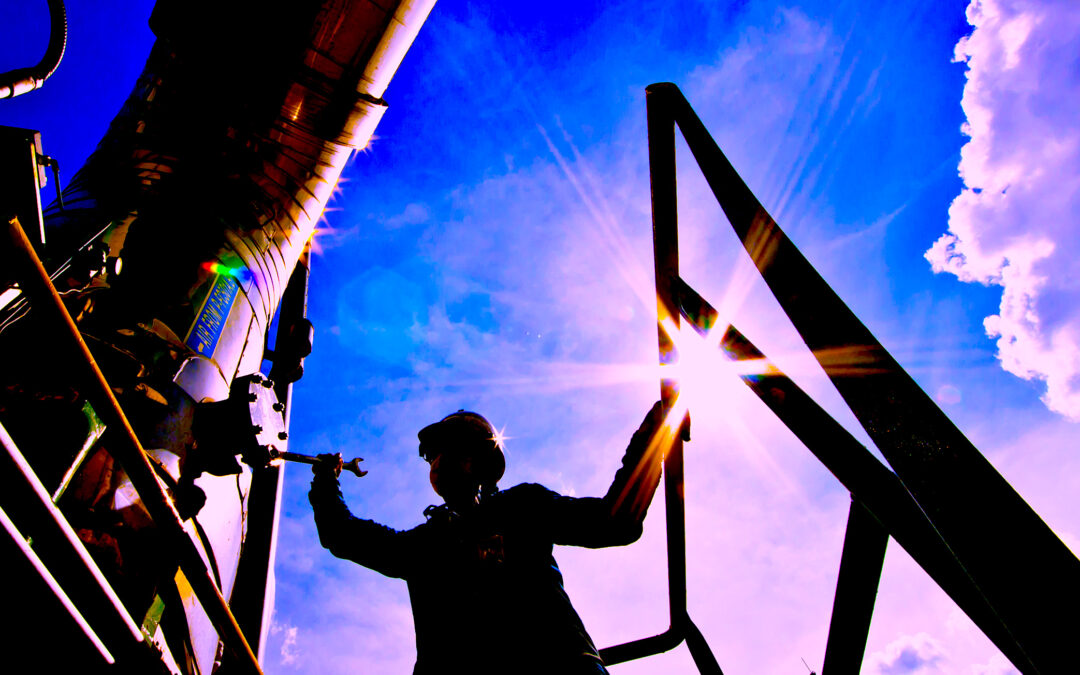Happy 2022 New Year to all RAM professionals. The New Year is synonymous with a restart, refresh, or rebirth for individuals and businesses alike. And it’s universally recognized as the most natural temporal milestone for change.
As clocks zero out, the New Year also represents a significant change milestone for a maintenance organization given the start of spending against its new annual budget. The question that remains, though, is the organization happy with the current state of maintenance? Is it meeting crucial asset needs of the ever-changing workplace in which we now find ourselves? More important, are the organization’s sponsors, clients, and assets happy with the current state of maintenance?
Unfortunately, many maintenance organizations stumble from one budget year to the next adopting the same status-quo approach used in previous years, hoping for better results ahead. For some, the prospect of continual adaptation to change takes on a negative and intimidating connotation. This, in turn, fosters a systemic belief that no matter what we try, nothing will change. So why bother? Henry Ford recognized such apathy and championed continual change with his statement, “Whether you think you can, or you think you can’t, you’re right.” Obviously, Ford thought he could adapt and change the way things were done.
One of the biggest personal changes embarked upon at this time of year is weight loss. We’re bombarded with plenty of motivational “before” and “after” pictures of those that went before us last New Year. It’s important with any change program to document and photograph our “before” or starting state, as well as, once it’s achieved, our “after” or future state. This provides proof that we can accomplish our goals. It also provides momentum and motivation for continued, incremental change moving forward.
Successful change requires the determination of three elements before it can take place. These include a current-state assessment (before); a future-state assessment (after); and a gap-analysis bridge that roadmaps how we navigate from current to future state.
Current state begins with us holding a mirror up to ourselves to take stock, understand, and document who we, as an organization, are at the current moment. This is achieved through a review of self-reflective thoughts, methods, and previous documented actions, as well as a peer review through the eyes of colleagues, partners, clients, and sponsors.
Future state documents who we want to become, how we want to manage, and how we intend to meet changing business deliverables. The future state documentation is usually accompanied with a completion date for achieving the stated goals and expectations.
The gap analysis is the actual change-management program or project plan, designed to take us from the before to the after state within a defined timeline. This is developed and based on recognized strengths, weaknesses, opportunities, and threats (SWOT) defined in the current-state analysis.
Due to the pandemic, natural disasters, workforce disruptions, and supply-chain problems, over the past few years, countless businesses have been forced to quickly change their profiles and operations (some more than once). Doing so has required a continually updated approach to asset management. In this pursuit, developing a flexible, adaptive approach is destined to become a “new best practice.” Are you and your organization willing to make that change, this year?
In my next article for The RAM Review, I’ll spell out a practical way to take on that challenge. Look for it next week.TRR
ABOUT THE AUTHOR
Ken Bannister has 40+ years of experience in the RAM industry. For the past 30, he’s been a Managing Partner and Principal Asset Management Consultant with Engtech industries Inc., where he has specialized in helping clients implement best-practice asset-management programs worldwide. A founding member and past director of the Plant Engineering and Maintenance Association of Canada, he is the author of several books, including three on lubrication, one on predictive maintenance, and one on energy reduction strategies, and is currently writing one on planning and scheduling. Contact him directly at 519-469-9173 or kbannister@theramreview.com.
Tags: reliability, availability, maintenance, RAM, asset management, professional development, workforce issues



